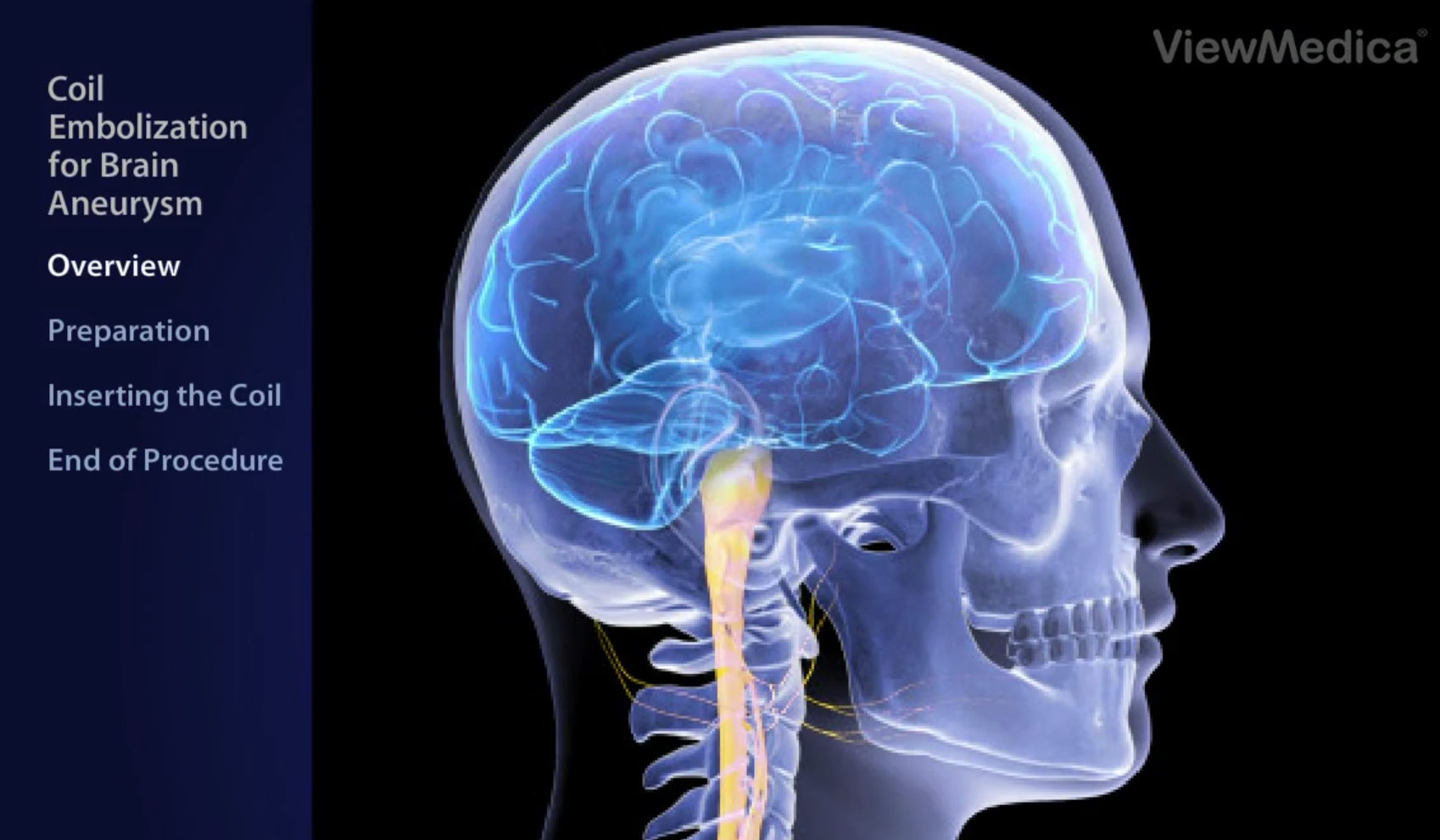Risk factors for a cerebral aneurysm
Brain Aneurysms develop from wear and tear changes of the blood vessel wall. So they occur with increasing frequency as we get older.
Risk factors for brain aneurysm development and rupture include
- A family history of aneurysm
- Smoking
- High blood pressure
Rehabilitation and recovery of a brain aneurysm
Brain aneurysm recovery often requires rehabilitation which includes physical, cognitive, occupational, speech, and swallowing therapy. This generally starts in the hospital and continues on an outpatient basis. Patient and caregiver support groups or web communities play an active part in patient rehabilitation. Generally, rehabilitation programs target the following types of therapies-
Physical therapy
The physical therapy can help the patient to retain balance, strengthen muscles, and help with the coordination in movements.
Speech therapy
This assists patients in speaking and swallowing food.
Occupational therapy
It helps the patient complete daily activity such as dressing, feeding, showering, cooking and other activities.
Other rehabilitation services
Rehabilitation includes many important activities. This helps with improving cognition and making the patient socially interactive
What are the risk factors of a brain aneurysm rupturing?
In many cases, an aneurysm is discovered before it ruptures, often incidentally. In general, the risk of an aneurysm rupturing in the short term is small. Usually less than 1% risk of aneurysms less than 10mm in size rupture per year.
This risk is higher with
- Posterior circulation aneurysm
- Increasing aneurysm size
- An aneurysm that seems to be growing on serial imaging
The risk of aneurysm rupture is also higher in patient who-
- Smoker
- Have high blood pressure who is not controlled with medications
- Have had a subarachnoid haemorrhage
- Have a first-degree relative who had a subarachnoid haemorrhage
Even though the risk of rupture for most aneurysms is relatively small in the short term, this risk is cumulative. In the long term, the risk of rupture adds up. For many patients, it is safer to secure an aneurysm with either endovascular technique or microsurgical clipping.
Complications of a brain aneurysm
After a subarachnoid haemorrhage, the patient may develop other complications-
Hydrocephalus
Hydrocephalus is a build-up fluid in the ventricles of the brain that may need a drain.
Stroke
A delayed stroke may occur from inadequate blood supply to parts of the brain. This problem often occurs several days after the initial haemorrhage. It is usually associated with the narrowing of cerebral blood vessels (vasospasm). Patients may need additional intensive treatments to prevent a permanent stroke.
Therefore, patients need to stay in hospital for one or two weeks or longer, for monitoring and treatment after a subarachnoid haemorrhage.
Frequently asked questions
Is treatment required in all aneurysms?
No, all aneurysms would not need a treatment. Whether an aneurysm would require a treatment or not would depend on the size, anatomy and the site of the aneurysm.
Do I get a scar with coiling?
No there will be no scar with coiling.
How long would I be hospitalised after aneurysm treatment?
The length of stay in a hospital varies in patients with a ruptured aneurysm as compared to an unruptured aneurysm. Patients with ruptured aneurysm usually stay in hospital for 2-3 days. Patient with severe subarachnoid haemorrhage would be hospitalised for 3-4 weeks.



